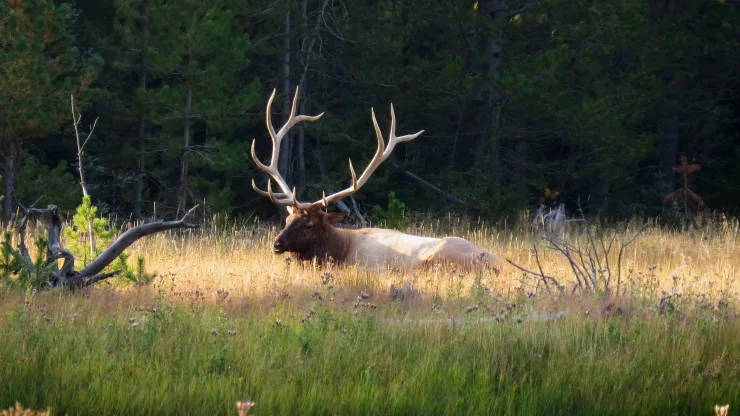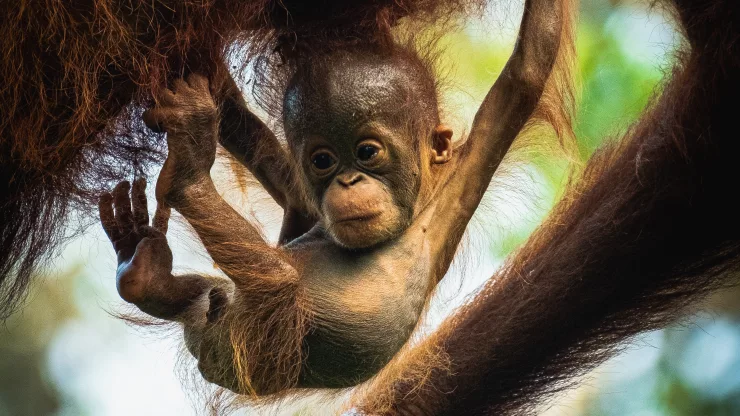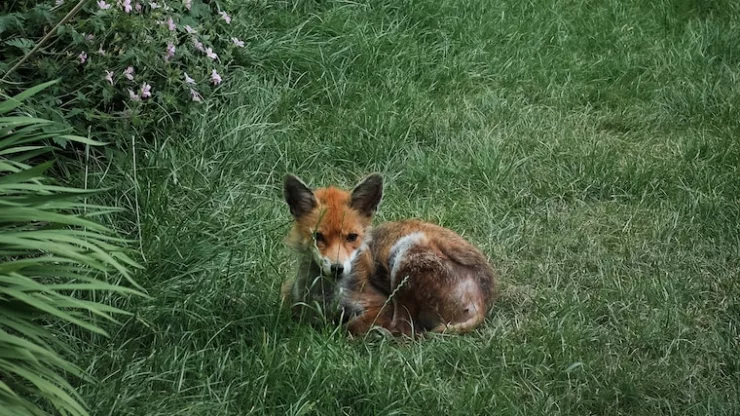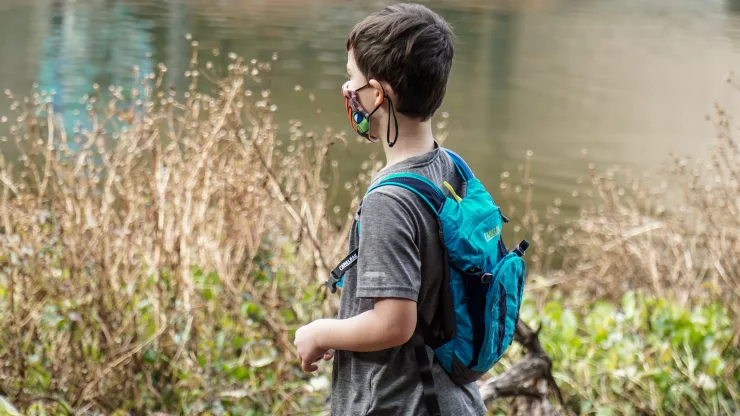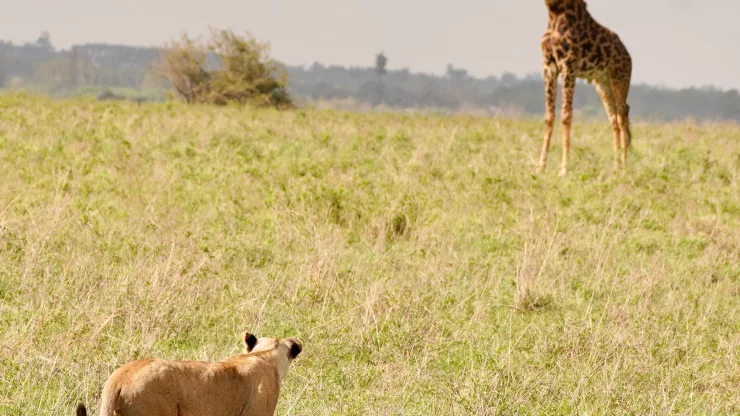The conservation of urban wildlife plays a crucial role in maintaining the ecological balance of cities.
However, efforts to protect and conserve urban wildlife often disproportionately impact marginalized communities, perpetuating environmental injustice.
It is essential to ensure equity in conservation efforts to promote a sustainable and just future for all.
This article explores the connection between urban wildlife and environmental justice, the importance of community involvement, strategies for incorporating equity into conservation, successful examples of equity-focused conservation efforts, and challenges to achieving equity in conservation.
Jump to Section
Introduction
What is Urban Wildlife and Environmental Justice?
Urban wildlife refers to the animals that live and thrive in urban spaces, such as birds, squirrels, raccoons, and coyotes.
Urban wildlife conservation aims to protect and preserve these species and their habitats in cities.
Environmental justice, on the other hand, focuses on the fair distribution of environmental benefits and harms, particularly among marginalized communities.
Why is Ensuring Equity in Conservation Important?
Conservation efforts that do not consider equity can exacerbate existing inequalities and perpetuate environmental injustice.
Marginalized communities, such as low-income neighborhoods and communities of color, often bear the brunt of environmental harm caused by conservation efforts.
By prioritizing equity in conservation, we can promote environmental justice and ensure that all communities have access to the benefits of urban wildlife and green spaces.
Overview of the Article
This article explores the connection between urban wildlife and environmental justice and highlights the importance of community involvement in conservation efforts.
It also provides strategies for ensuring equity in conservation, successful examples of equity-focused conservation efforts, challenges to achieving equity in conservation, and the role of government and policy in promoting equity.
Urban Wildlife and Environmental Justice
Understanding the Connection
The conservation of urban wildlife and environmental justice are interconnected. Urban wildlife conservation efforts can have significant impacts on the health and well-being of nearby communities.
For example, the use of pesticides to control urban pests can harm bird populations and pose health risks to humans.
Disproportionate Impacts on Marginalized Communities
Marginalized communities often bear the brunt of environmental harm caused by conservation efforts.
For example, the construction of green spaces and wildlife corridors can lead to the displacement of low-income residents and communities of color.
Similarly, the removal of urban wildlife, such as coyotes and raccoons, can disrupt the ecological balance and lead to an increase in rodent populations, which can pose health risks to nearby communities.
Examples of Environmental Injustice in Urban Wildlife Conservation
There are many examples of environmental injustice in urban wildlife conservation.
For instance, in Chicago, the city’s rat control program disproportionately targets low-income neighborhoods and communities of color.
Similarly, in Los Angeles, the construction of the LAX expansion project led to the destruction of the Westchester Bluffs, a vital habitat for the endangered El Segundo Blue butterfly.
The Importance of Community Involvement
Community involvement is crucial in ensuring equity in conservation efforts. Engaging with communities can help conservationists understand their needs and concerns and develop strategies that prioritize equity.
Community involvement can also lead to more successful conservation efforts by building trust and ensuring that conservation efforts align with community values.
Ensuring Equity in Conservation
Incorporating Equity into Conservation Strategies
Strategies for incorporating equity into conservation efforts include engaging with communities, conducting environmental justice assessments, and prioritizing community needs and values.
Conservationists can also work to promote green jobs and workforce development in marginalized communities to ensure that conservation efforts benefit these communities.
Addressing Systemic Inequalities
Achieving equity in conservation efforts requires addressing systemic inequalities and power imbalances.
This involves examining the historical and structural factors that contribute to environmental injustice and working to dismantle these systems.
Examples of Successful Equity-Focused Conservation Efforts
| Conservation Effort | Location | Equity-Focused Strategy |
|---|---|---|
| The Trust for Public Land’s Parks for People Program | Nationwide | Prioritizes the creation of parks and green spaces in underserved communities |
| The Urban Wildlife Information Network | Multiple cities | Engages with communities to collect data on urban wildlife and develop conservation strategies that prioritize equity |
| The National Park Service’s Urban Agenda | Nationwide | Focuses on engaging with urban communities and promoting equitable access to national parks |
Challenges to Achieving Equity in Conservation
Challenges to achieving equity in conservation include a lack of representation and power imbalances in decision-making processes, limited funding for equity-focused conservation efforts, and the need for more data and research on the impacts of conservation on marginalized communities.
The Role of Government and Policy in Promoting Equity
Government and policy play a crucial role in promoting equity in conservation efforts.
Policies that prioritize equity and community involvement can help ensure that conservation efforts benefit all communities.
For example, the National Environmental Policy Act requires federal agencies to consider environmental justice in their decision-making processes.
Conclusion
Prioritizing Equity in Urban Wildlife Conservation
Ensuring equity in urban wildlife conservation is crucial to promoting environmental justice and building sustainable communities.
By prioritizing community involvement, addressing systemic inequalities, and incorporating equity into conservation strategies, we can promote a more just and sustainable future for all.
The Path Forward: Prioritizing Equity in Conservation Efforts
The path forward requires prioritizing equity in conservation efforts. This includes engaging with communities, promoting green jobs and workforce development, and addressing systemic inequalities.
By working together, we can create a more equitable and sustainable future for all.
FAQ
What is urban wildlife conservation?
Urban wildlife conservation aims to protect and preserve the animals and habitats that live and thrive in urban spaces, such as birds, squirrels, raccoons, and coyotes.
What is environmental justice?
Environmental justice focuses on the fair distribution of environmental benefits and harms, particularly among marginalized communities.
How can we ensure equity in conservation efforts?
We can ensure equity in conservation efforts by engaging with communities, conducting environmental justice assessments, prioritizing community needs and values, promoting green jobs and workforce development in marginalized communities, and addressing systemic inequalities.
I’m a nature enthusiast and creator of Metro Wilds and have spent years exploring the great outdoors.
With a passion for environmental conservation and sustainability, I have dedicated my career to writing about the beauty and wonders of nature, as well as the threats facing our planet.
Contact me at [email protected] for assistance.

